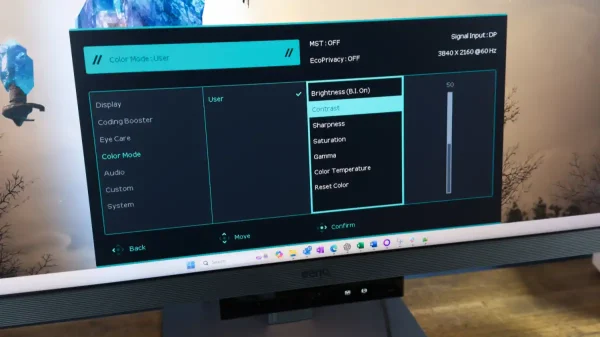The discovery of exoplanets has led to the identification of a diverse range of celestial bodies, each with its unique characteristics. One of the most intriguing examples is WASP-107b, a super-puff or cotton candy planet that has garnered significant attention due to its extraordinary properties. Despite being as large as Jupiter, WASP-107b has a mass similar to that of Neptune, making it a subject of intense scientific study.
The atmosphere of WASP-107b is particularly fascinating, comprising mostly of gas and being incredibly light. This fluffy structure allows for the formation of water vapor, sulfur dioxide, and silicate sand clouds, which is an unusual feature. The lower atmosphere of the planet is quite hot, with temperatures reaching 500 degrees Celsius, which would normally prevent the formation of these clouds.
Researchers have proposed an alternative explanation for the formation of silicate sand clouds, suggesting that the sand rain is evaporating in the lower, hotter layers and silicate vapor moves upwards in the atmosphere before recondensing to form clouds and falling as rain. This theory is supported by the observations made by the James Webb Space Telescope (JWST), which has provided unprecedented insights into the atmospheres and surface properties of celestial bodies.
The JWST’s MIRI instrument has allowed scientists to study WASP-107b in unprecedented detail, revealing the presence of sand clouds, water, and sulfur dioxide in the planet’s atmosphere. This groundbreaking finding has significant implications for our understanding of planetary formation and evolution, challenging our conventional understanding of how planets form and migrate in their star systems.

WASP-107b
One of the most pressing questions regarding WASP-107b is the origin of its extreme density. Scientists propose that the close orbit of the planet to its star, which results in very high temperatures, may play a crucial role in shaping its unique atmosphere. The research team believes that the temperatures on WASP-107b are not hot enough to form clouds of silicate, which are typically found in lower layers where temperatures are higher. This has led them to theorize that the sand rain is evaporating in the lower, hotter layers and silicate vapor moves upwards in the atmosphere before recondensing to form clouds and falling as rain.
The study of WASP-107b has significant implications for our understanding of planetary formation and evolution. The discovery of this unique exoplanet challenges our conventional understanding of how planets form and migrate in their star systems. Furthermore, the finding of sand clouds, water, and sulfur dioxide on WASP-107b suggests that planetary atmospheres may be more complex and dynamic than previously thought.
The discovery of silicate sand clouds, water, and sulfur dioxide on WASP-107b by the JWST’s MIRI instrument is a pivotal milestone that reshapes our understanding of planetary formation and evolution, shedding new light on our own solar system. The study of WASP-107b has opened a new window into the mysteries of planetary formation and evolution, and it is likely that future discoveries will continue to challenge our current understanding of the cosmos.
As scientists continue to explore the universe with advanced instruments like JWST, it is likely that they will uncover even more surprises and continue to reshape our understanding of the universe. The discovery of WASP-107b has highlighted the importance of ongoing research and exploration, as it continues to reveal the mysteries of celestial bodies and challenge our understanding of the cosmos.








































